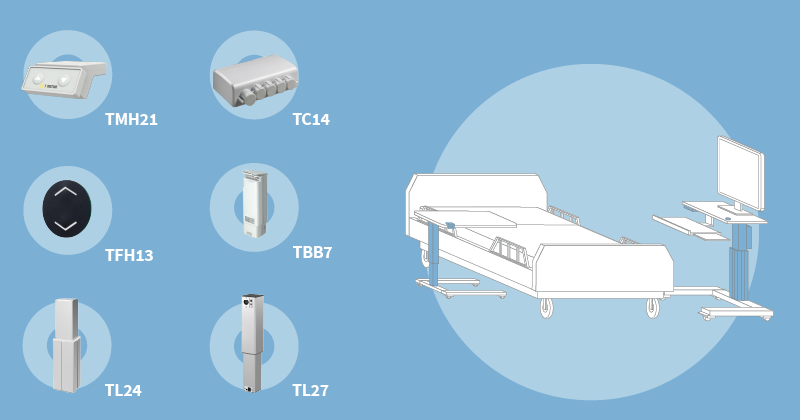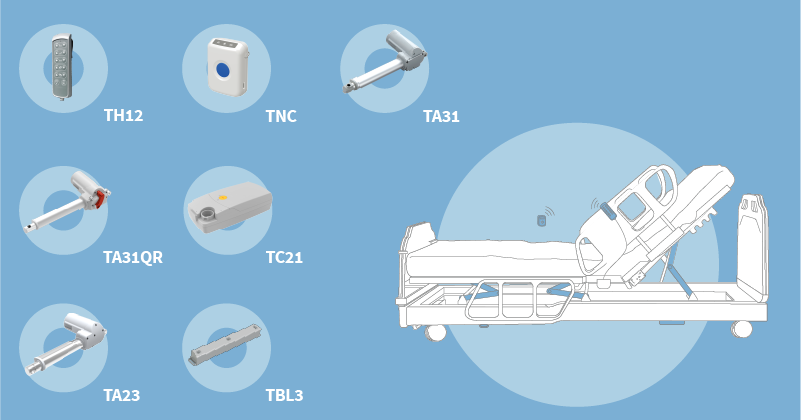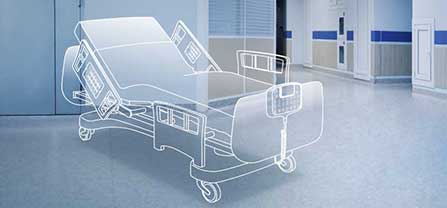2019/01/03
Ergonomics Medical Definition and Utilization in 3 Ways
Новости/статьи
Ergonomics is essential in every aspect of our lives. In this article, we’ll discuss ergonomics' medical definition and its utilization in 3 ways. You mainly hear this word when it comes to working in an office environment, but it isn’t a theme that is generally associated with the medical field.
While hospital employees are typically working 12-hour shifts, ensuring they use their energy to be the most effective and comfortable is very important. Not only does it allow the employees to work in better positions but also allows for added comfort to the patients.
Here is one definition of ergonomics:
The science of making things fit people. Ergonomics uses knowledge from the fields of anatomy, mechanics, physiology, and psychology to utilize human energy most effectively. Something that is ergonomic is designed for safe, comfortable, and efficient use.
You’ve likely read our whitepaper, How Electric Motion Technology is Changing Hospitals. This went into depth about ergonomics medical definition and how electric linear actuators and lift columns are being used in hospitals, which included patient comfort, patient safety, staff access, and healthcare at home.
Below are three examples of applications that employ ergonomic concepts in the medical field.
1. Height Adjustable Medical Carts
There are several different types of medical carts, from crash carts to IV carts. Medical carts are generally wheeled around the hospitals to the room or the area in which they are needed. Much like the other equipment, these come in a standard size and typically do not adjust.
Recalling the ergonomics medical definition mentioned above, allowing doctors and nurses of varying heights to work comfortably and more efficiently makes for a more well-run process. This can be completed by the addition of electric motion.
2. Over-the-Bed Tables
These tables are generally sitting beside the hospital bed and can be turned and slid over the top of the patient. This allows the patient to do several things, one of the most important being eating. It is essential that the table be properly positioned, especially the height.
While most hospitals use these tables, many are still manually adjustable. This generally only allows the nurses or doctors to adjust them. By using an electric column, a simple up and down switch will let the patient control the height, making it more comfortable for them and allowing the staff to move to other duties.

3. Adjustable Hospital Beds
Arguably one of the most important applications on this list, the hospital bed is full of electric motion. If you’ve been to the hospital, you have likely been in or seen the beds. These are fully adjustable, allowing the feet, back, and head areas to be positioned according to what is comfortable for the patient.
These beds can be moved by the nurse or doctor using a control panel, and the patient can control them with hand control.

While the concept of ergonomics is steadily moving across industries from the office, schools, and manufacturing plants, the medical field is keeping pace.
Click here to learn more about some of our specific medial linear actuators or lift columns.
Further reading:











